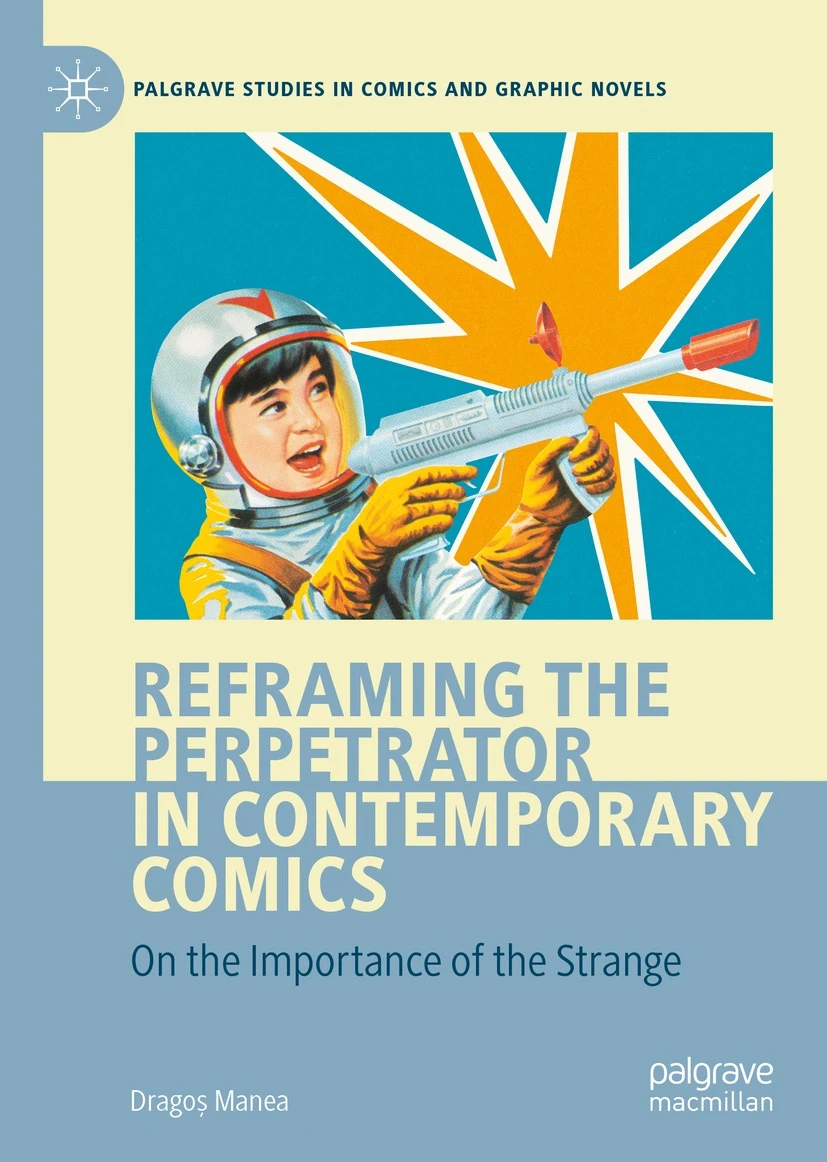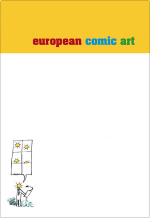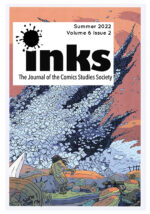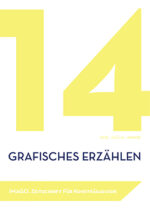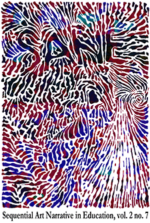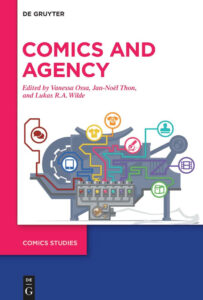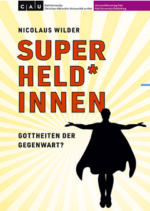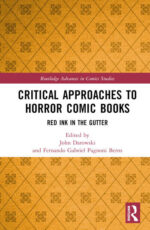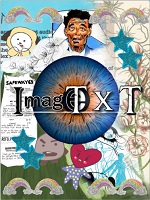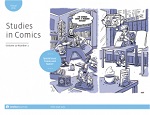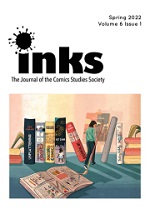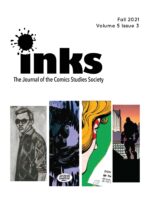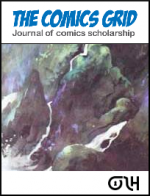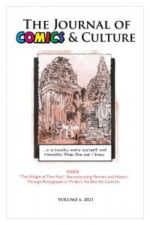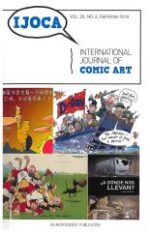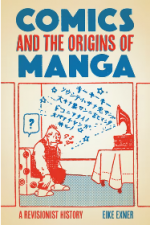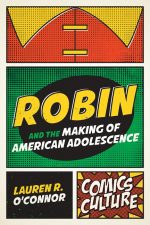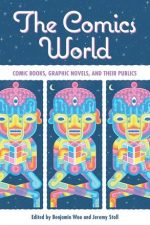The Journal Monitor is a subcategory of the regular Monitor. It is an irregularly published overview of issues of international journals on comics studies as well as special issues on corresponding topics. The introductory texts and/or tables of contents come from the respective websites.
Do you have suggestions or information on new releases that have been overlooked and should be introduced on our website? Please let us know via email: redaktion@comicgesellschaft.de.
→ See previous Monitor posts.
European Comic Art 16.1
online, subscription
Website
- Tilmann Altenberg: “Don Quixote Unbound: Intertextuality, Interpictoriality, and Transculturality in Flix’s German Graphic Novel Adaptation (2012)”
- Jörn Ahrens: “The Graphical Epistemology of Comics via Jeff Lemire’s Gideon Falls”
- Alicia Lambert: “(Mis)Leading the Reader: Decolonising Adventure Comics in Baruti and Cassiau-Haurie’s Le Singe jaune”
- Ylva Lindberg: “The Agency of the Periphery: Changes in Local Comics through Flows of Francophone Bandes dessinées to Sweden, 1950–2020”
Journal of Graphic Novels and Comics 14.1 & 2
 online, subscription
online, subscription
Website
- Wajeehah Aayeshah: “Hockey sticks, purple smoke bombs, and empathy: female character representation in Pakistani comics”
- Parnika Agarwal: “Calvin and Hobbes: satirising work, leisure, imagination and agency within the context of the pervasive forces of capitalism”
- Jackson Ayres: ‘“A very, very bad mood”: the turn to horror in Alan Moore’s late comics’
- Jerzy Szyłak, Sebastian Jakub Konefał: “The influence of local and national press on the comic publishing industry in the Polish People’s Republic between 1956 and 1989”
- Prateek: “Emergency’s children: satire in the hindi comics of Hawaldar Bahadur”
- Michael Cop, David Large: “‘Words, Words, Words’: Making Comics and Sense of the Three Texts of Hamlet”
- Hanae Kim: “‘I read webtoon every day!’: young adult k-pop fans’ language learning and literacies with korean webcomics”
- Jonathan M. Bullinger: “Marvel tells / sells its own history: figureheads, promotion, curation, and application, 1982-1987”
- Janina Wildfeuer, Ielka van der Sluis, Gisela Redeker, Nina van der Velden: “No laughing matter!? Analyzing the Page Layout of Instruction Comics”
- Robert Aman: “Semi-naked revolutionary: native Americans, colourblind anti-racism and the Pillaging of Latin America in Tumac”
- Sathyaraj Venkatesan, Arya Suresh: “Critique of DSM, medicalisation and graphic medicine”
- Thomas Hamlyn-Harris: “Double take: ephemera and viewpoint construction in graphic memoir”
- Sohini Bera, Rajni Singh: “Graphic narratives as history: the emergency period (1975– 1977) in Vishwajyoti Ghosh’s Delhi Calm”
- Shriya Raina: “Corpse geographies in Munnu: a boy from Kashmir: sites of resistance and post-mortem agency”
Studies in Comics 13.1-2
 online, subscription
online, subscription
Website
- Denis Dépinoy: “‘Tu te trompes, Fantasio’: Yves Chaland’s decoding and recoding of Spirou”
- Shromona Das: “The perfect victim: Reading trauma and victimhood in rape narratives in Indian comics”
- Nora Hickey, Amaris Feland Ketcham: “Troubling the sequential image: The poetry comics of Bianca Stone”
- Benjamin Fraser: “The shape of European jazz: On mute, mutable and pedagogical musical representations”
- Francesco-Alessio Ursini, Giuseppe Samo: “The purple thread: The reception of Prince as a fictional character in graphic narratives”
- Greice Schneider, João Senna Teixeira: “Cuteness and everyday humour in Nathan W. Pyle’s Strange Planet”
- Damon Herd: “Introduction: Uncomics”
Inks: The Journal of the Comics Studies Society 6.3
 online, subscription
online, subscription
Website
- Rachel Miller, Daniel Worden: “Understanding Comics at 30: An Introduction”Hillary Chute: “’Weirder than That’: Understanding Comics at Thirty”
- Kate Polak: “Three Ideas”Moritz Fink: “’Cool’ Media Studies: McCloud, McLuhan, and the Popification of the Humanities”
- Marco d’Alessandro: “Unaframed: A Short Visual Essay”
- Charles Hatfield: “The Empowered and Disempowered Reader: Understanding Comics against Itself”
- Caitlin Cass: “Alchemy and Control”
- Paul Fisher Davies: “What We Do in the Gutters: Or, If Not Transitions, What?”
- Ken Parille: “Image over Text: ‘Visual Emphasis’ and Understanding Comics”
- Shreya Sangai, Beena Anirjitha Urumy: “Lines from the Margins: Gond Artists Engage with McCloud”
- Misha Grifka Wander: “Someone Else’s Icon: Complicating Comics and Identification”
- Antonija Cavcic: “Contemplating Covid through Understanding Comics: Conveying Meaning with Panel Transitions in Covid-themed Comics”
- Chris Malone: “Reader Participation in Comics (Through Walking my Dog)”
- Harriet Hustis: “Understanding McCloud: (En)Countering Closure in the Context of Trauma”
- Jason DeHart: “Form and Counter-Narratives: Using Understanding Comics with Pre-Service Teachers”
ImageText 13.3
 online, open access
online, open access
Website
- Brian Olszewski: “The Joke Work of Batman: The Killing Joke”
- Christopher Younie: “Journey to the West goes Queer”
- Jake Zawlacki: “Searching for Legitimacy: Spawn, McFarlane, and the Homage Cover”
 The LGBTQ+ Comics Studies Reader: Critical Openings, Future Directions
The LGBTQ+ Comics Studies Reader: Critical Openings, Future Directions Manga: A Critical Guide
Manga: A Critical Guide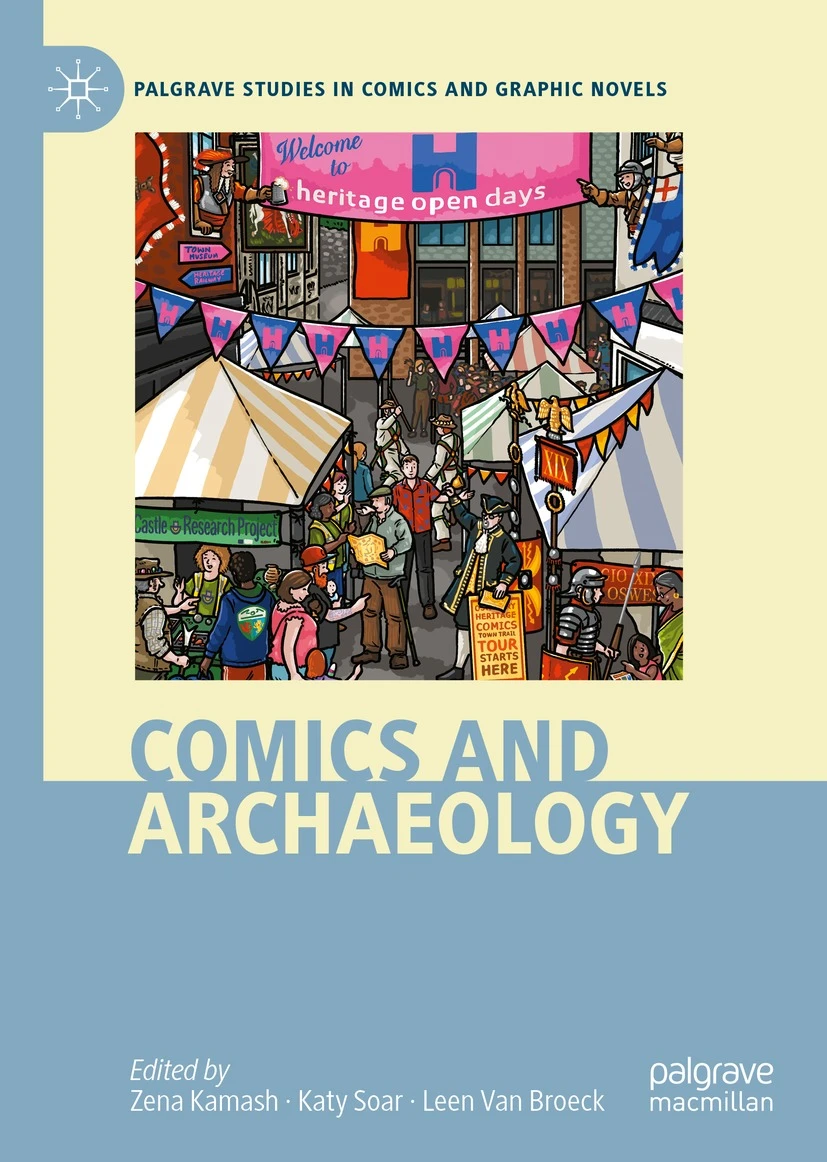 Comics and Archeology
Comics and Archeology
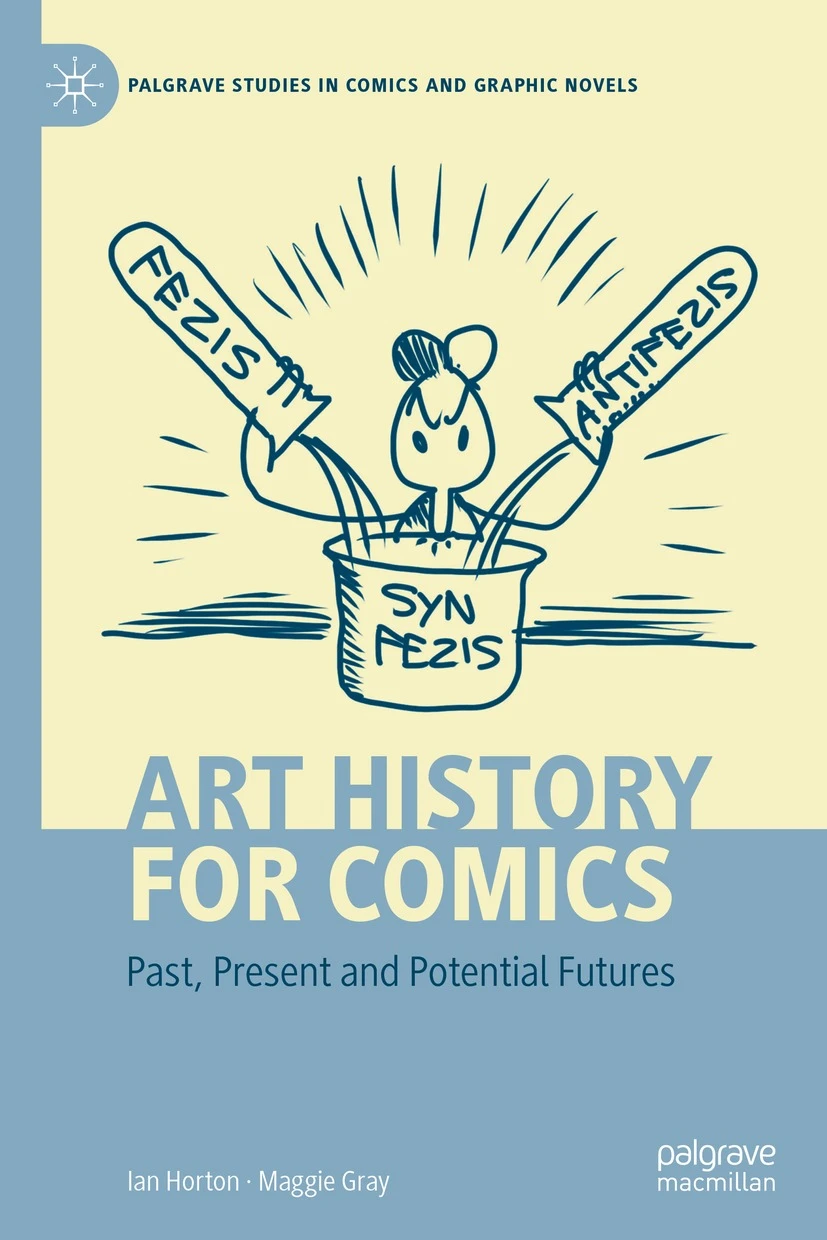 Art History for Comics: Past, Present and Potential Futures
Art History for Comics: Past, Present and Potential Futures